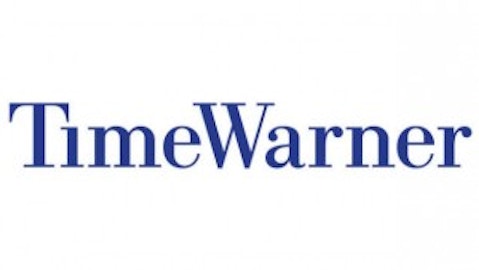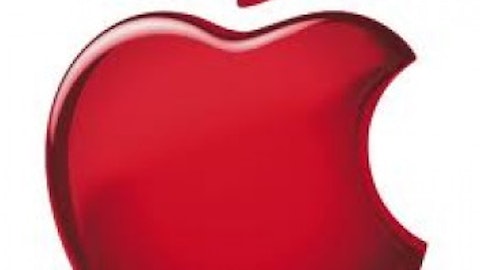On this day in economic and financial history…
After completing the first of his three world-changing voyages to the Western Hemisphere, Christopher Columbus returned to Europe — Lisbon, to be exact — on March 4, 1493. It had been exactly seven months since Columbus and his three ships departed from the Spanish region of Castile on a journey to the Far East, having since found a New World that turned out to be of far greater importance to global trade and commerce than a new seaward passage to known lands. In his possession was a letter written on the return journey, which was sent to the Castilian court to emphasize the vast untapped commercial potential of the lands he had found. By the time Columbus returned to the Spanish court on March 15, his extravagant embellishments of what he had found had already begun to spread far and wide. Within a year, the letter had reached most of the major cities of Europe, generating enormous interest in the riches of these undiscovered countries.

Columbus briefly governed the Castilian territories in the New World but was deposed and arrested over the brutality carried out during his tenure. Although he was not held long, Columbus never regained the power and wealth he had held as governor, and the generous terms of his first exploration were never upheld. After his death, Columbus’ heirs initiated a protracted series of lawsuits to gain what they felt were the rights to a perpetual share of the revenue generated by New World activity. The fact that the Columbian heirs are not well-known to history should give you some indication of the ultimate success of those lawsuits.
Columbus’ success generated a huge surge of interest in exploring these new lands, and within a century vast tracts of South American land had been colonized in the name of the Spanish and Portuguese crowns. The widespread exchange of crops, people, culture, and disease between the Eastern and Western hemispheres was later termed the Columbian Exchange, and it would prove to be one of the most transformative periods of humanity’s existence. Corn, potatoes, tobacco, and tomatoes came to Europe, while horses, coffee, and sugarcane were shipped to the New World. A number of other crops also made their way to diverse locations far beyond their original planting regions. The most unwelcome part of the Columbian Exchange was undoubtedly smallpox, which decimated Native American populations in the New World and is almost certainly more responsible for European dominion over the hemisphere than any technology or force of arms.
Two great media brands…better together?
Time and Warner Communications announced their intent to become Time Warner Inc (NYSE:TWX) on March 4, 1989. The deal brought out all sorts of superlatives. It would be “a frighteningly powerful company” created in a “mind-boggling” merger, with massive operations across music, publishing, television (both programming and cable subscriptions), and film. The merger was then estimated to create a company worth $15.2 billion, with $10 billion in annual revenue, surpassing privately held German media conglomerate Bertelsmann as the world’s largest communications company.
This combined company would go on to be one of the dot-com era’s most out-of-control growth stocks, peaking with a nearly 80,000% gain at the height of the boom. Two decades after the 1989 merger announcement, after its disastrous merger with AOL, Inc. (NYSE:AOL) had been cleared out of its system, Time Warner Inc (NYSE:TWX) still held onto gains of 6,800% — worthy growth, to be sure, but it was all downhill after AOL came calling.
The big daddy of supercomputing
The first Cray Inc. (NASDAQ:CRAY) supercomputer was sold to the Los Alamos National Laboratory on March 4, 1977. Developed by founder and supercomputing pioneer Seymour Cray, the Cray-1 cost $19 million and weighed more than five tons, due in part to the built-in Freon refrigeration system it required. The machine demanded its own electrical substation, which cost an additional $35,000 per month to operate. Los Alamos used the Cray-1 to develop new advanced weapons systems, having won the rights to its use after an intense bidding war with the Lawrence Livermore National Laboratory.





